Emperor Angelfish
$139.99 – $429.99
Select Variant
The mature Emperor Angelfish, also called the Imperator Angelfish, has a large, blue body, trimmed with bright horizontal stripes of yellow that culminates in a vibrant caudal fin that is orange to yellow. A striking The eyes are covered in a blue-black mask and a similar vertical band is visible across the pectoral fin a quarter of the way across the body. The band is highlighted with the front with a sapphire blue, and bright yellow in the back.
It is black, with blue and white stripes that begin at the tail. While sought-after for its color in captivity the adult. The color may not be as stunning or spectacular. The color and pattern change from young to adult coloration.
The Emperor Angelfish requires a 220 gallon or larger tank that has live rock for grazing and hiding. They also require large caves and extensive rockwork to feel safe. They can attack soft and stony corals (sessile invertebrates) and clam mantles however, it can be kept with tiny-polyped corals, and possibly toxic soft corals.
It is recommended to feed it with a diet consisting of Spirulina as well as marine algae. premium angelfish products Mysis or frozen shrimp, and various fleshy foods.
Approximate Purchase Size: Juvenile Small: 1" to
1-3/4"; Juvenile Medium: 1-3/4" to 2-1/2"; Juvenile Large: 2-1/2" to 3"; XLarge: 3" to 3-1/2"; Changing Small: 2" to 3"; Medium: 3" to 4" Large: 4" to 5" Adult Small: 2-1/2" to 3-1/2"; Adult Medium: 3-1/2" to 4-1/2"; Medium/Large: 4-1/2" to 5-1/4"; Adult Large: 5-1/4" to 6" XLarge: 6" to 7"; XXLarge: 7" to 9"; Show Size: 9" to 11"
- Description
- Additional Information
- Reviews
Emperor Angelfish Overview
The Emperor Angelfish (Pomacanthus imperator) is one of the most famous fish species worldwide. Discovered in the late 1800s, it has captivated photographers and nature enthusiasts alike. Its vibrant coloration and striking appearance make it a popular choice for coral-filled aquariums. Often referred to as the Imperial or Imperator Angelfish, this species is native to the Indo-Pacific region, stretching from East Africa to New Caledonia. Despite its fame, the wild populations are currently stable. However, Emperor Angelfish require specialized care and attention in saltwater aquariums.The Striking Appearance of the Emperor Angelfish
Juvenile Stage- Coloration: Black with circular white and blue stripes originating from the tail.
- Size Categories:
- Small: 1" to 1-3/4"
- Medium: 1-3/4" to 2-1/2"
- Large: 2-1/2" to 3"
- Coloration: Bold blue body with bright yellow horizontal stripes and a vibrant yellow to orange caudal fin.
- Fins: Blue-black mask over the eyes, vertical blue and yellow band extending from the pectoral fin.
Habitat and Tank Requirements for the Emperor Angelfish
Tank Size and Setup- Minimum Tank Size: 220 gallons or larger.
- Tank Features: Extensive rockwork and deep caves for security.
- Reef Compatibility: Not ideal for reef tanks; may nip at corals and clam mantles.
- Companions: Can be housed with small-polyped stony corals and some noxious soft corals.
Diet and Nutrition
Natural Diet- Primary Foods: Spirulina, marine algae, sponges, and meaty items like mysis or frozen shrimp.
- Feeding Frequency: Provide a varied diet; initially five small meals per day, then reduce to three to four.
Geographic Range and Origin
- Natural Range: Indigenous to the Indo-Pacific region, from East Africa to New Caledonia.
- Habitat: Prefers coral reefs and lagoons.
Purchase Size Options
- Juvenile Sizes: Small (1" to 1-3/4"), Medium (1-3/4" to 2-1/2"), Large (2-1/2" to 3")
- Changing Sizes: Small (2" to 3"), Medium (3" to 4"), Large (4" to 5")
- Adult Sizes: Small (2-1/2" to 3-1/2"), Medium (3-1/2" to 4-1/2"), Large (5-1/4" to 6"), XLarge (6" to 7"), XXLarge (7" to 9"), Show Size (9" to 11")
LINKS to follow:
size
Large, Medium, Small
Units
1
Weight
6 lbs
Dimensions
1 × 1 × 1 in

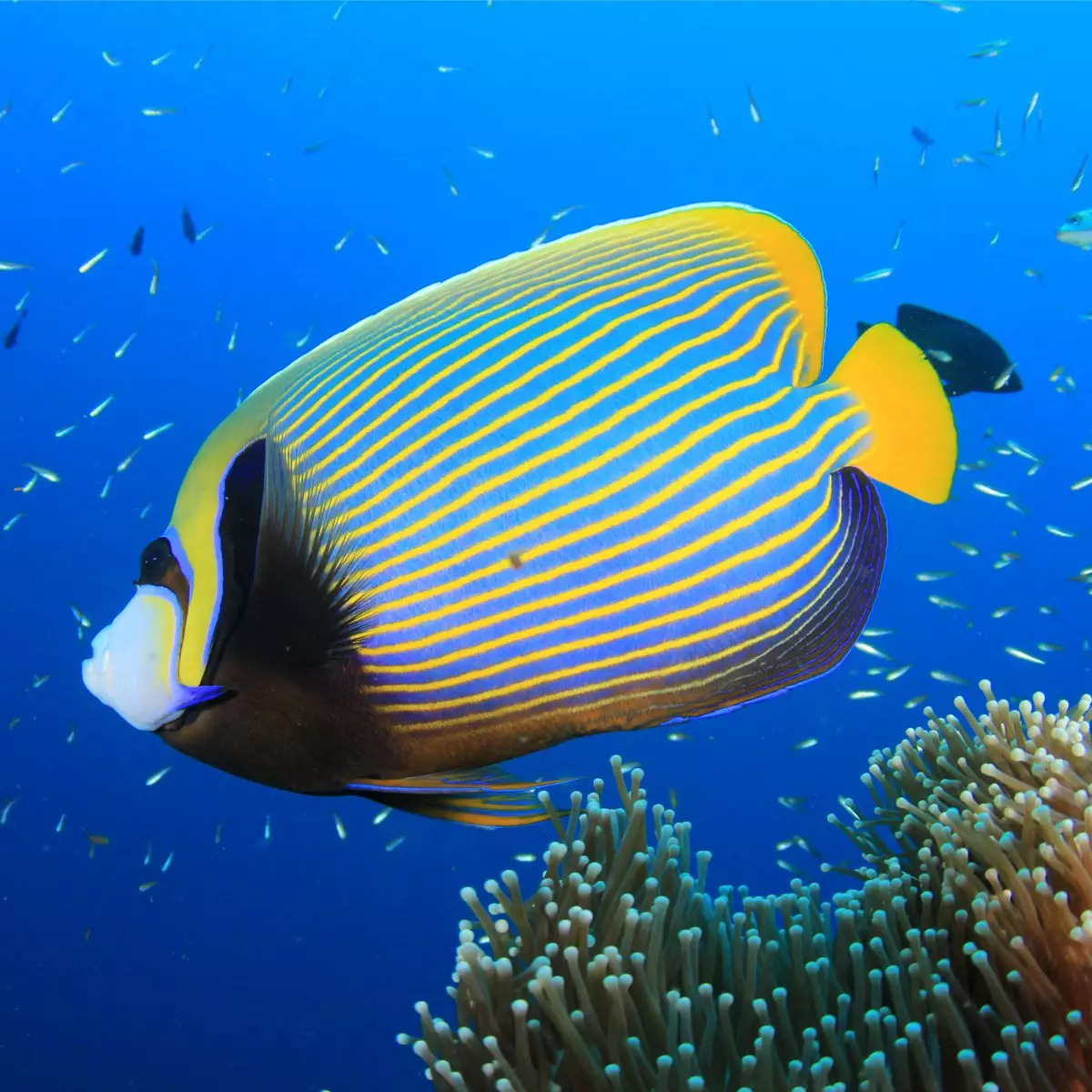
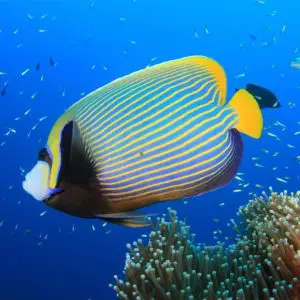
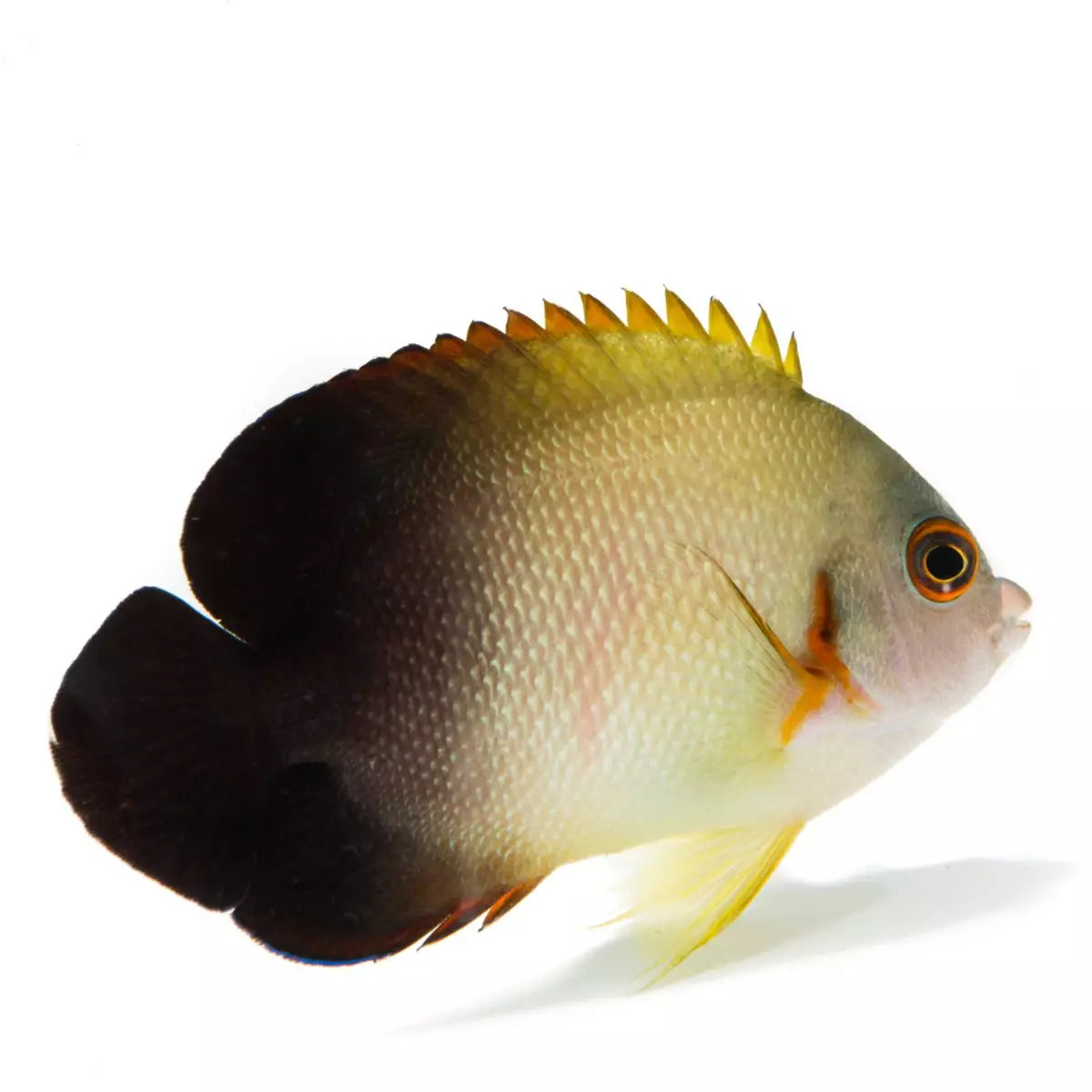
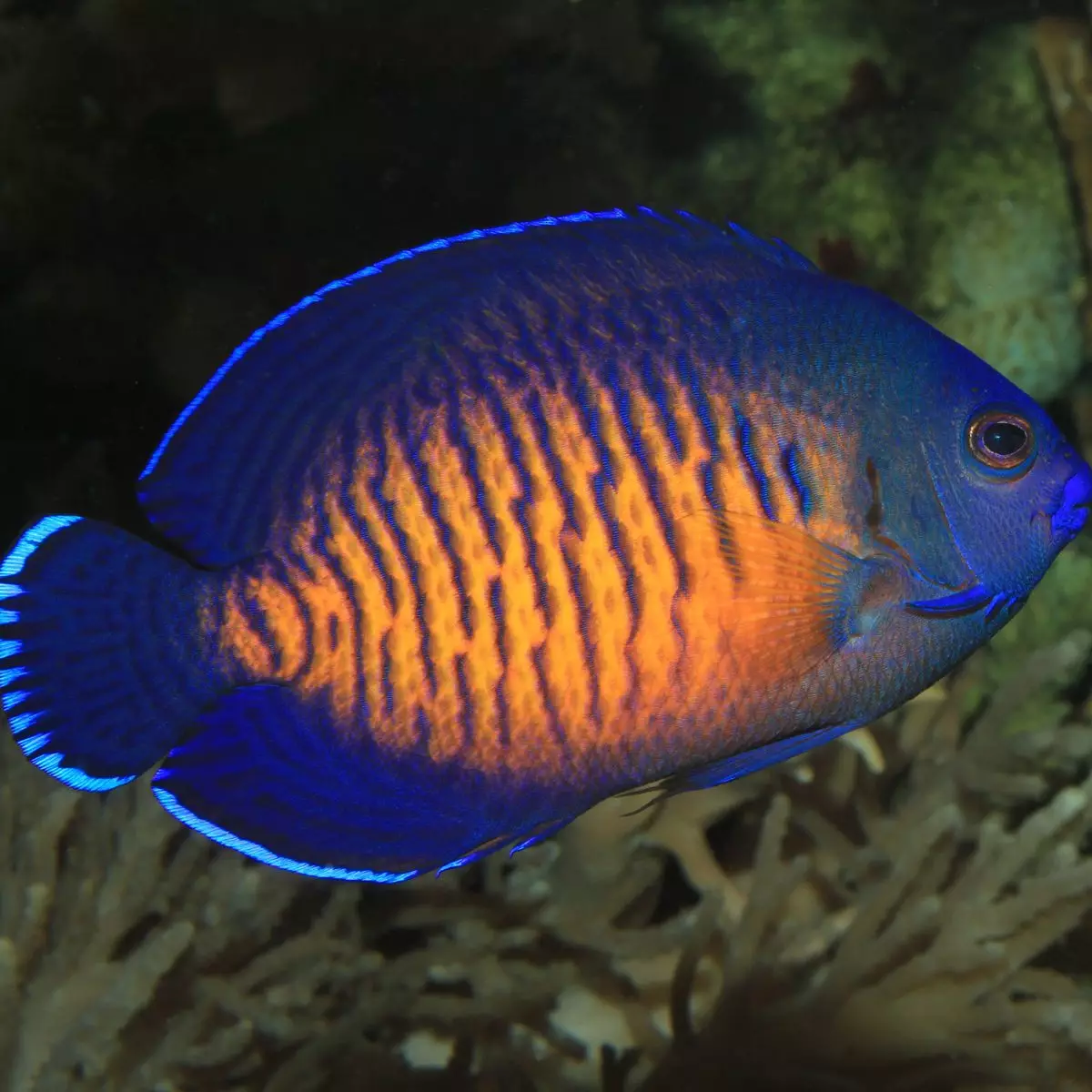
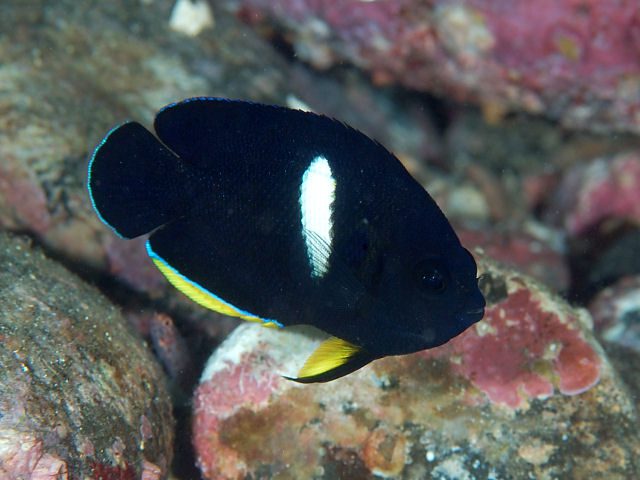
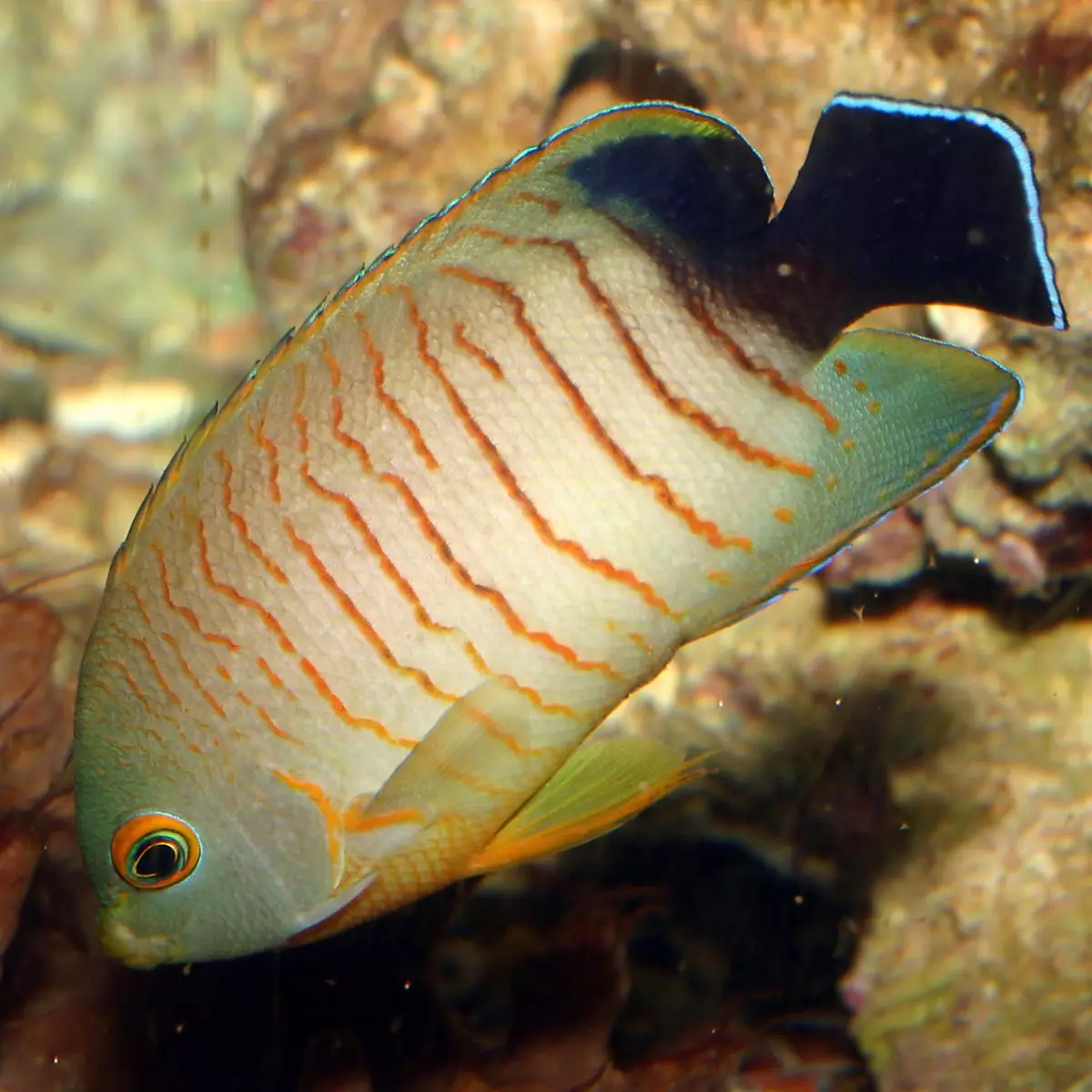
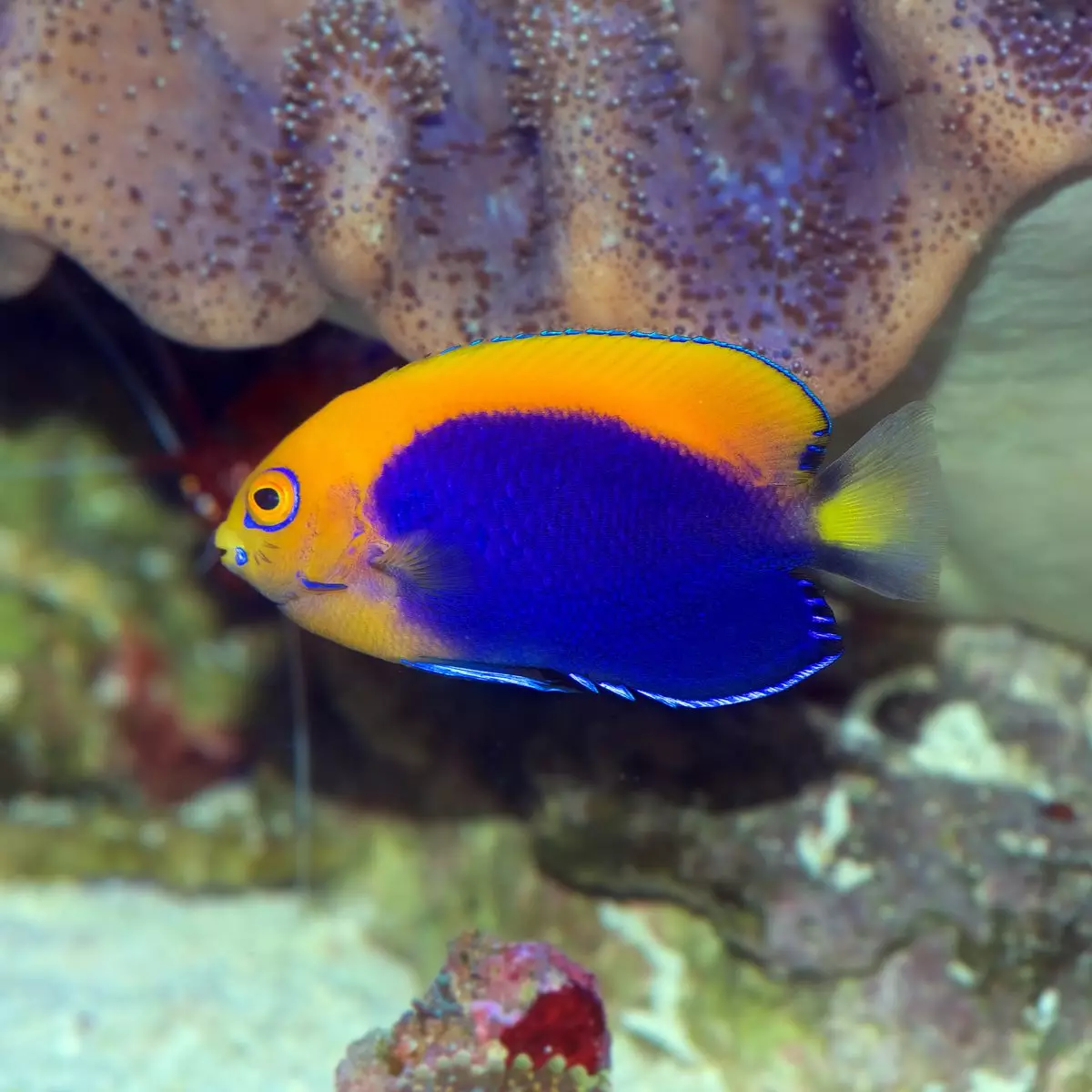
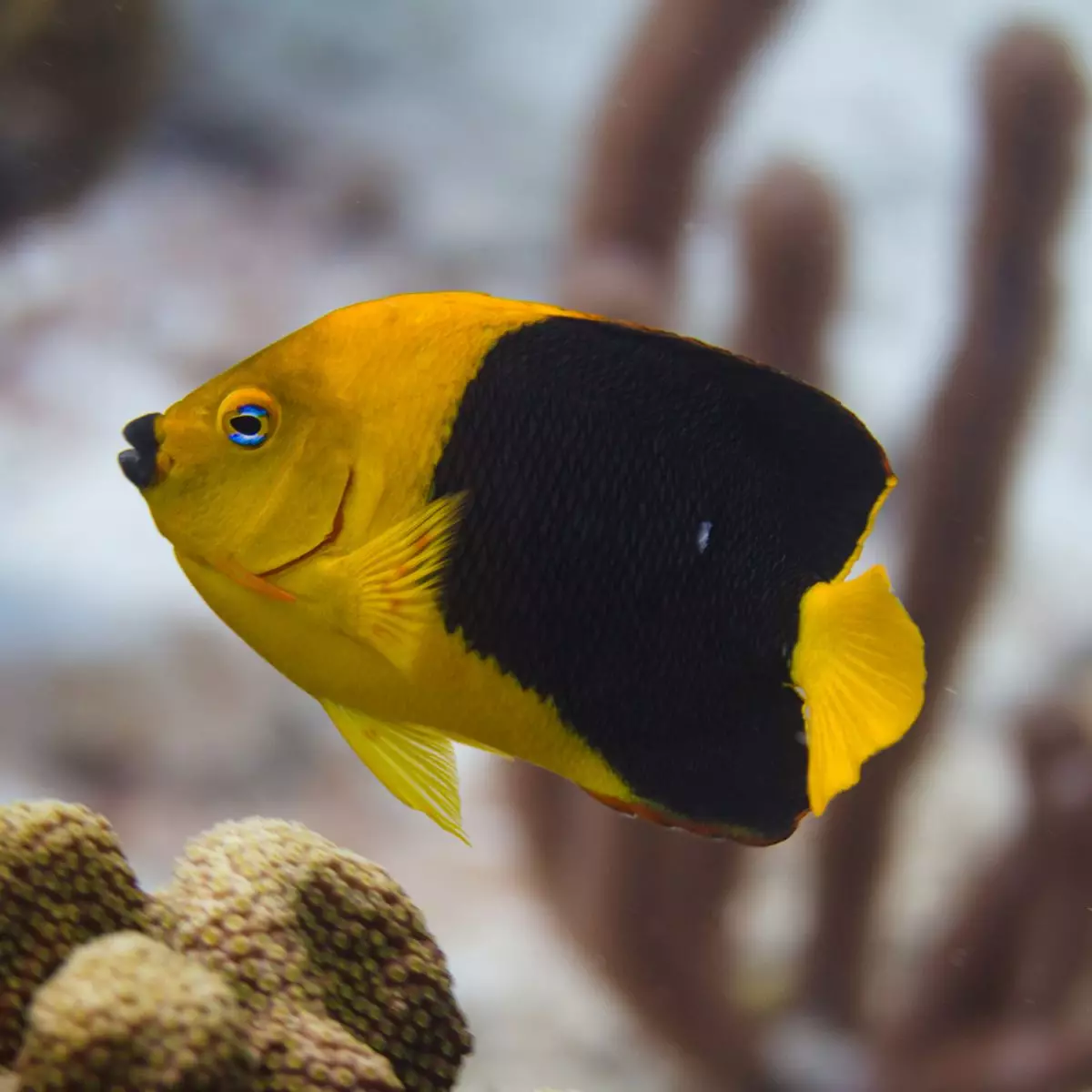
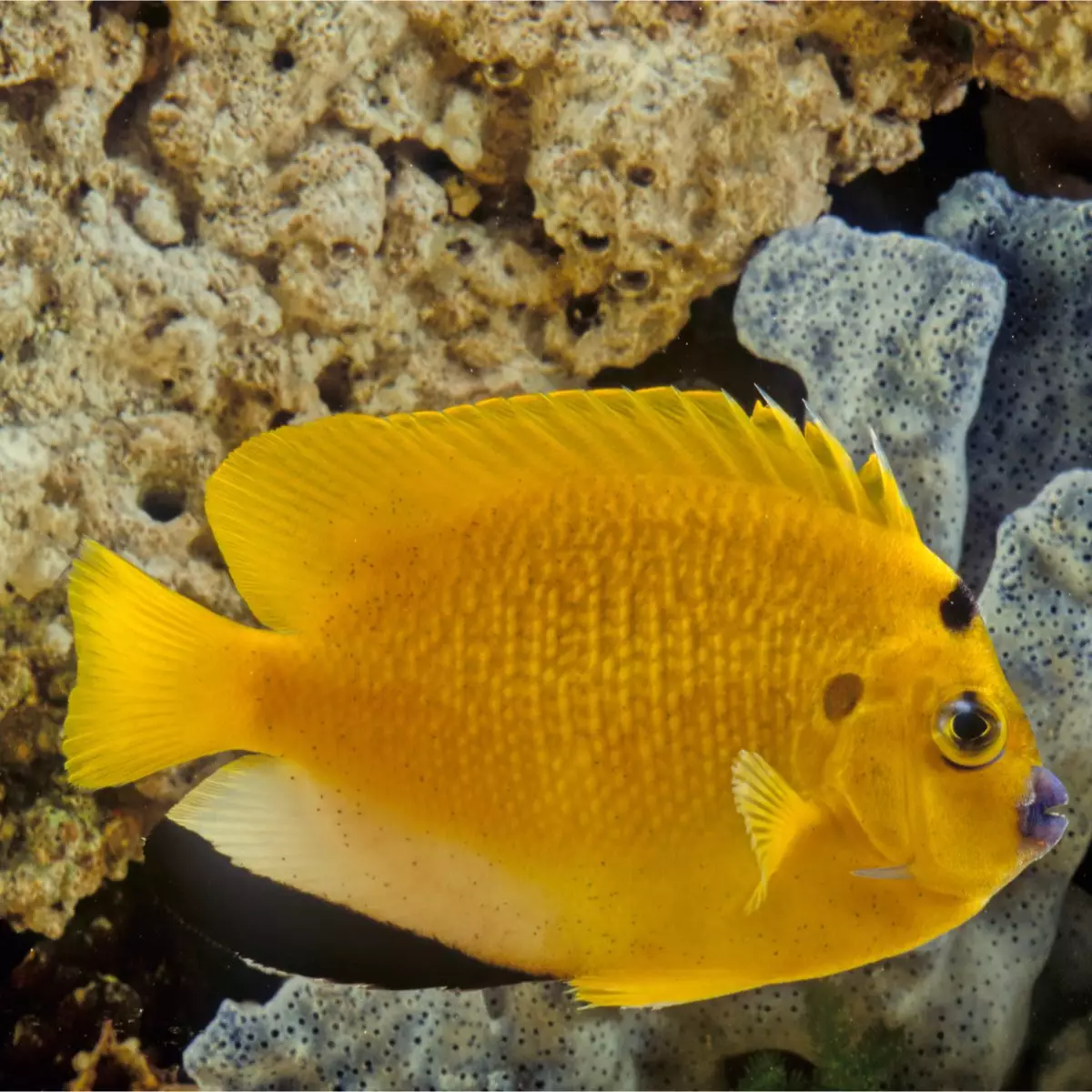
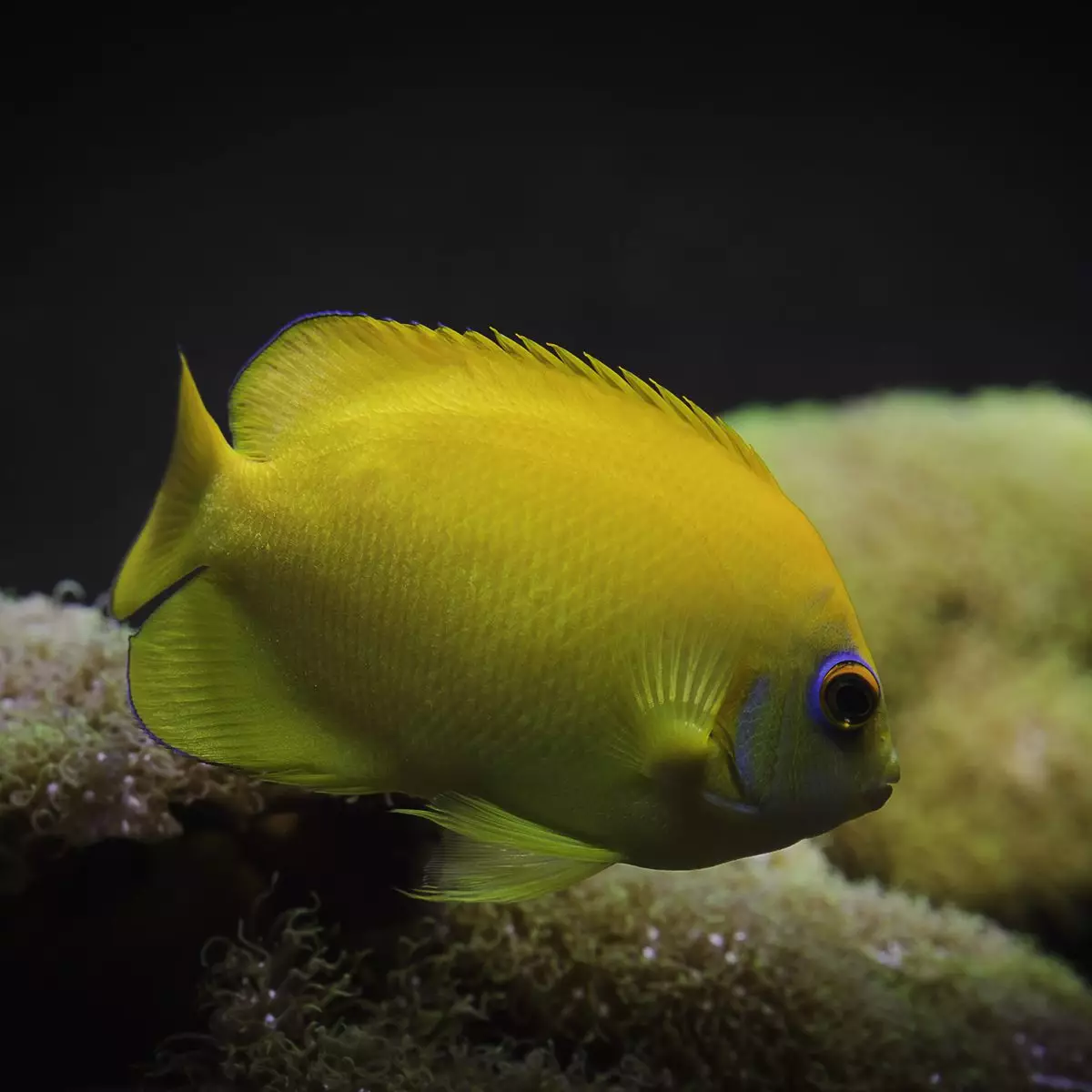

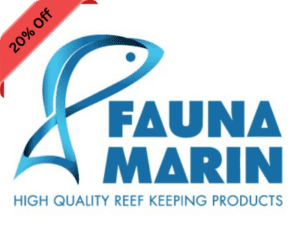
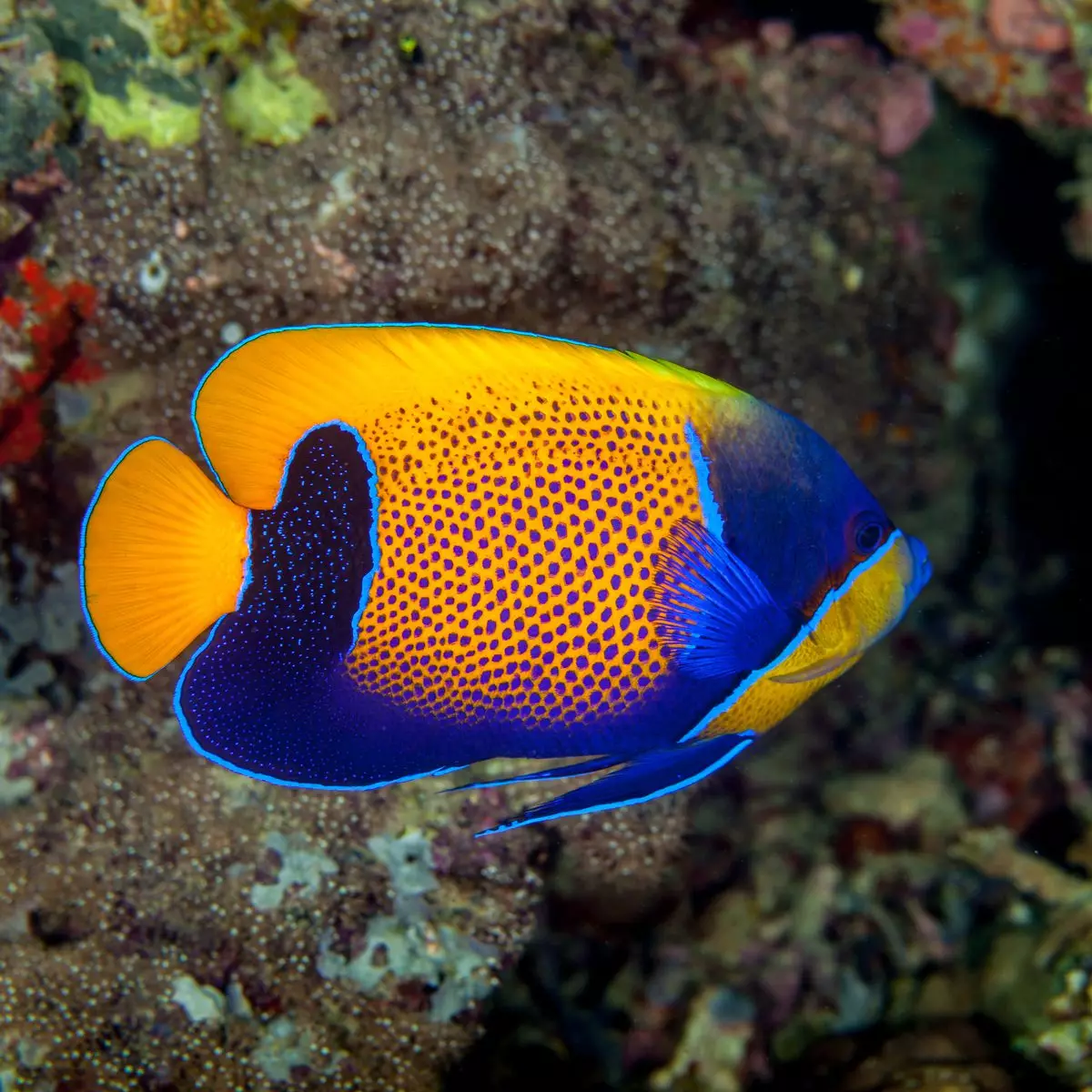
Reviews
There are no reviews yet.